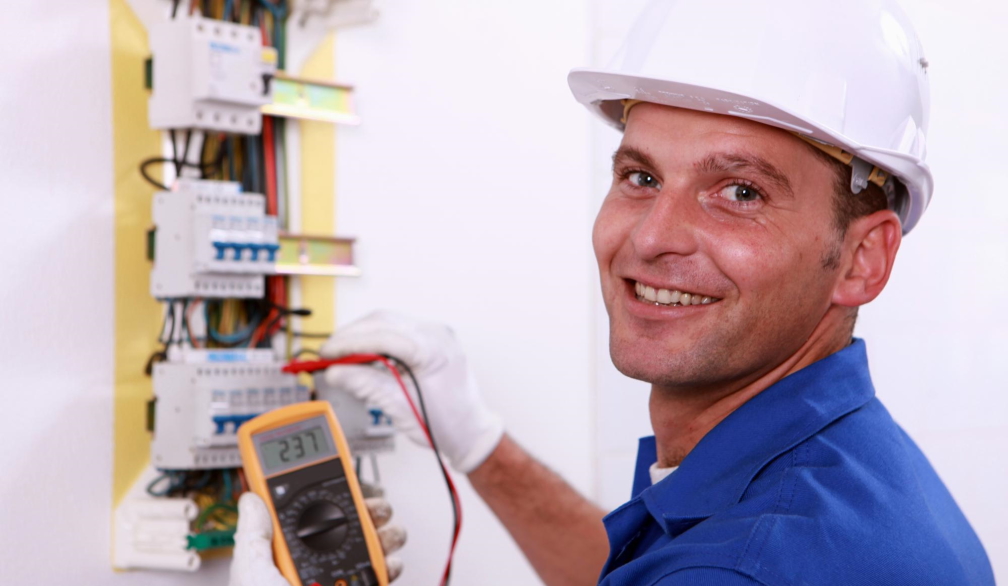A Northern Beaches Electrician Explains What a Power Surge Is
- Written by NewsServices.com

When the electricity grid experiences a moment of stress, such as during a heat wave, it may lead to what's known as a power surge. These rapid energy increases can often damage electronics and appliances, and in severe cases, they can even fry the cables connected to your home's electrical systems.
Fortunately, there are many ways that you can protect your home or business from the negative effects of a power surge.
What is a Power Surge
In layman’s terms, a power surge is an increase in the amount of electricity flowing through a circuit. Surges are usually caused by a sudden change in energy flow, like a quick change in cloud coverage or faulty wiring.
There are two types of power surges, transient and continuous. A transient surge is a short-term change in voltage, while a continuous surge is a long-term change. Continuous surges are more damaging than transient surges because they last longer and cause more damage to your appliances and home’s wiring.
Causes of Power Surges
There are many different causes of power surges, but they primarily come from outside sources like storms and faulty equipment at the power plant. Wiring that is broken or frayed can cause a power surge. A surge can also occur if you plug something into an outlet that isn’t properly grounded.
Of course, when lightning travels through power lines, it can cause a more serious power surge. In any event, a surge will usually travel through the circuit and damage your home's energy systems until there is something to divert it, such as a surge protector, for example.
Signs of Power Surges
A power surge can sometimes be hard to detect since it often happens outside the home. That said, when a power surge happens, it can cause your lights and appliances to flicker. This is a sign that a surge has travelled through your circuit.
A more serious sign of a power surge is a blown circuit breaker. When a circuit breaker has been tripped, it means that there is too much electricity flowing through the circuit, and it needs to be shut off to prevent damage to appliances or wiring.
Protection and Prevention
There are a few things you can do to protect your home from power surges. First, make sure that electrical wiring and appliances are properly maintained. If you see frayed wires or a circuit breaker that is being tripped frequently, have an electrician look at it as soon as possible. It is also important to unplug appliances when they aren’t in use.
Power strips can be helpful, but they aren't a perfect solution for protecting against power surges. A much better solution is to use surge protectors to safeguard your appliances. If you have a surge protector, only a small amount of the electricity can travel through the outlet, and the rest will be diverted back to the energy grid.
Conclusion
Power surges are normal, and they are likely to happen throughout your life. The good news is that there are a few things you can do that can help with preventing power surges. Make sure to keep your wiring and appliances maintained, unplug appliances when they aren’t in use, and use surge protectors whenever possible.







